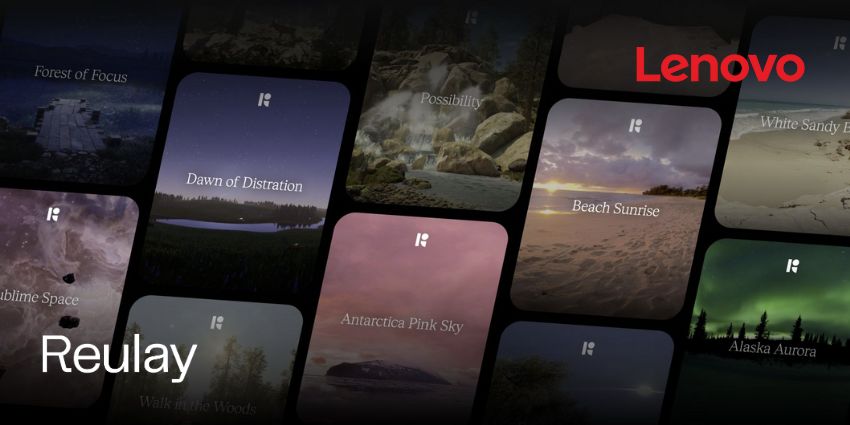US cloud computing firm VMware and hardware manufacturers Nvidia have announced a partnership to roll out 5G-powered remote collaboration and visualisation solutions for global enterprises.
The partnership sees VMware integrate Nvidia’s CloudXR 5G technology into the Workspace ONE Intelligent Hub (WIH), a virtual reality (VR) remote collaboration and visualisation platform.
Nvidia is also promoting its RTX Virtual Workstation (VWS), a similar solution with advanced artificial intelligence (AI) and 5G, to stream enterprise-level tools to VR and augmented reality (AR) wearables.
Together, Nivdia and VMware are empowering both remote or in-office employees with seamless 5G access to AR/VR visualisation applications on the WIH platform without PC tethering, a large dedicated space, or mounted cameras.
The news comes as unteathered headsets with streaming capabilities have begun rising in popularity, namely after Xiaomi announced on Monday a pair of powerful standalone AR smartglasses.
5G Collaboration in Practice
VMware presents the perfect solution for a new age of hybrid working, where global enterprises can team up virtually at all levels of business, from maintenance to design.
In an Nvidia demo video, the solution appears available across several headsets such as HTC and Oculus devices, and also shows cross reality (XR) collaboration with design teams streaming content to smartphones.
WIH users can also stream programmes such as the automotive design application Autodesk VRED on an Oculus Quest 2 and smartphone without latency or performance drops.
What is Workspace ONE Intelligent Hub?
VMware’s WIH is a solution that “improves employee engagement and productivity” by centralising numerous remote collaboration applications into one XR platform, the company said on its website.
The XR solution uses cloud technologies to streamline onboarding processes for modern enterprises to simplify hardware-agnostic rollouts of AR/VR solutions.
VMware’s advanced cloud infrastructure and management solutions are expected to soar thanks to the 5G partnership, which may allow more enterprise partners to adopt the solution in the future.







